
 |
登入帳戶
| 訂單查詢
| |
||
| 臺灣用戶 |
| 品種:超過100萬種各類書籍/音像和精品,正品正價,放心網購,悭钱省心 | 服務:香港/台灣/澳門/海外 | 送貨:速遞/郵局/服務站 |
|
新書上架:簡體書
繁體書
十月出版:大陸書
台灣書 |
|
|
||||
|
新書推薦: 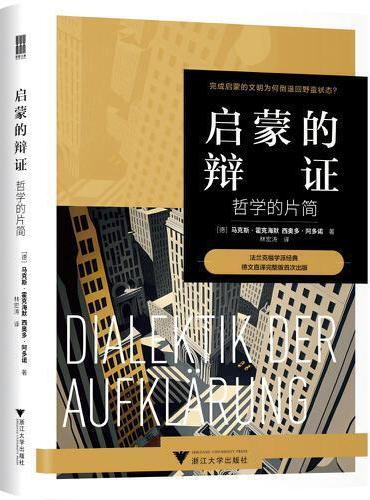 《 启蒙的辩证:哲学的片简(法兰克福学派哲学经典,批判理论重要文本) 》 售價:HK$ 76.2 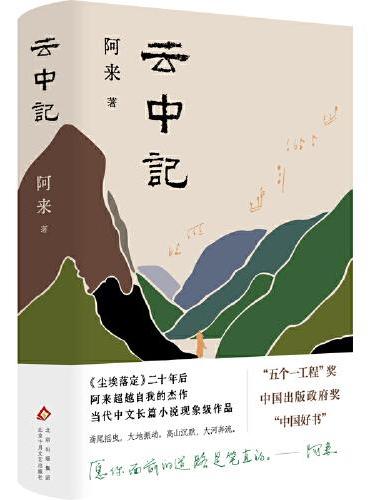 《 云中记 》 售價:HK$ 76.2  《 中国古代妇女生活(中国古代生活丛书) 》 售價:HK$ 47.0  《 你的认知正在阻碍你 》 售價:HK$ 65.0 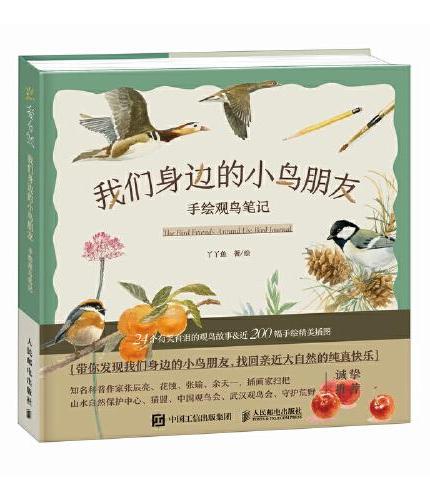 《 我们身边的小鸟朋友:手绘观鸟笔记 》 售價:HK$ 78.2 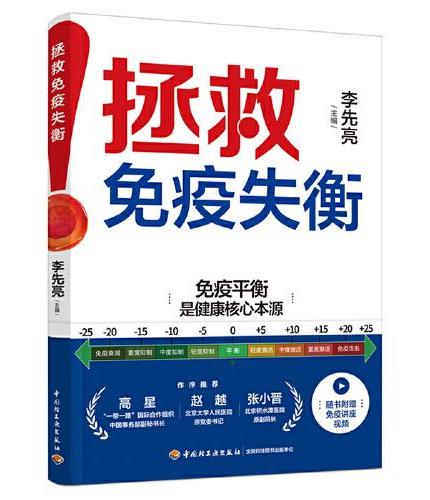 《 拯救免疫失衡 》 售價:HK$ 55.8 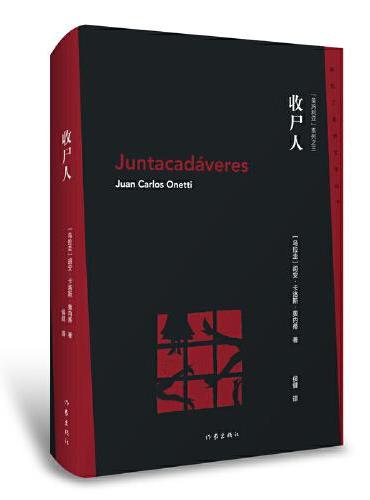 《 收尸人 》 售價:HK$ 72.8 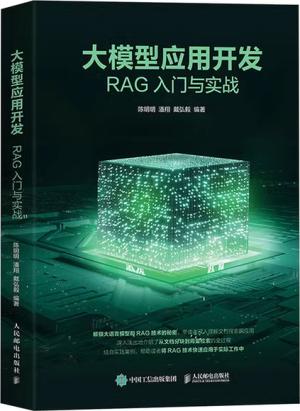 《 大模型应用开发:RAG入门与实战 》 售價:HK$ 89.4
|
|
| 書城介紹 | 合作申請 | 索要書目 | 新手入門 | 聯絡方式 | 幫助中心 | 找書說明 | 送貨方式 | 付款方式 | 香港用户 | 台灣用户 | 大陸用户 | 海外用户 |
| megBook.com.hk | |
| Copyright © 2013 - 2024 (香港)大書城有限公司 All Rights Reserved. | |